 Advanced Gravis
Advanced Gravis
In 1991, Advanced Gravis and Forte Technologies launched their joint venture Sound Blaster Pro competitor - the Advanced Gravis Ultrasound (often abbreviated to "GUS"). It could mix 16 voices in 16-bit, with up to 44 kHz playback (CD quality) or 32 voices at 16 kHz playback. Opinions of users generally thought the audio quality from the GUS was better than the Sound Blaster Pro.
One key thing the GUS had was a built-in wavetable, so the processing of samples was done on-board rather than having the CPU dedicate cycles to do the task, and no wavetable daughterboard was required. Because playback was only achievable in 8-bit, Gravis later offered an add-on board called the "16-bit upgrade module". This add-on module was integrated on the board of the later Gravis Ultrasound Max, released in 1994.
The GUS' downfall was twofold: it didn't have an OPL chip, and it didn't support Sound Blaster 100%. When running in "AdLib mode", the GF1 chip would take over the equivalent of what the OPL chip did on other cards, and software drivers provided compatibility with Sound Blaster.
This page focusses on the audio hardware from Advanced Gravis. If you are looking for gaming controllers, please visit the dedicated Gravis Controllers page.
|
Gravis UltraSound Max
|
Gravis UltraSound ACE
|
|
|
Games Titles That Use the GUS Hardware Mixing Capabilities
The following games make use of the Gravis Ultrasound's hardware mixer. This typically resulted in a higher quality audio outputs:
- Archon Ultra
- Crusader: No Remorse
- Crusader: No Regret
- Death Rally
- DOOM v1.2 or below
- Epic Pinball
- Extreme Pinball
- Jazz Jackrabbit
- The Lemmings Chronicles
- One Must Fall 2097
- Pinball Arcade CD-ROM (Pinball Dreams & Pinball Dreams II)
- Pinball Fantasies
- Pinball Illusions
- Silverball
- Star Control II
- Turrican 2
- Zone 66
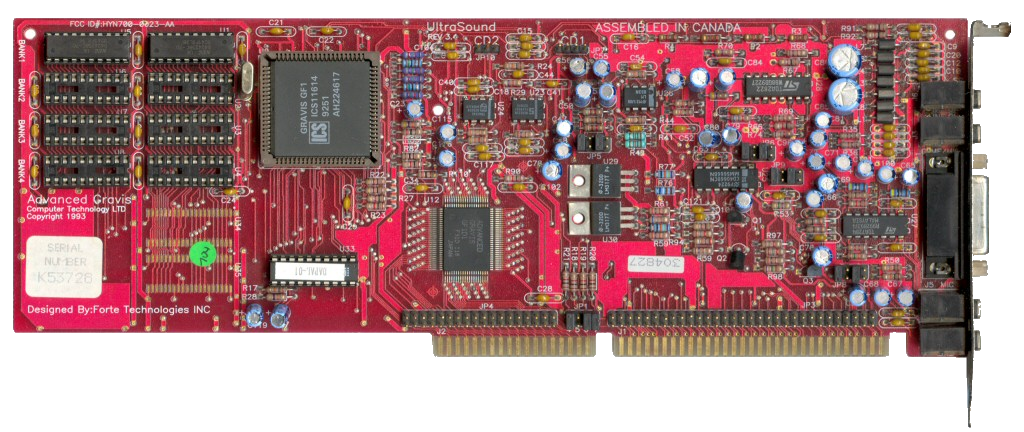
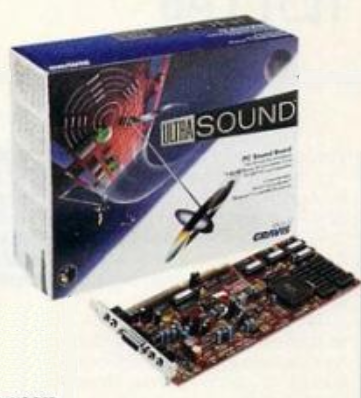
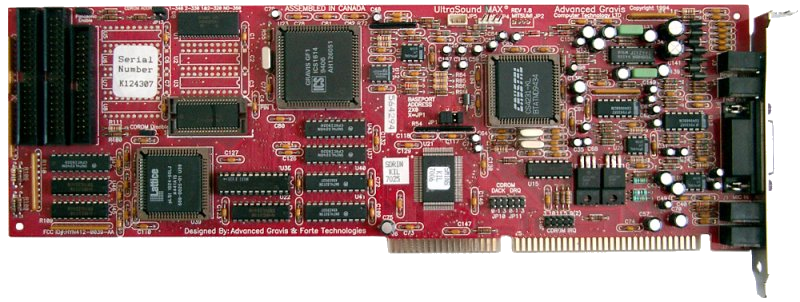
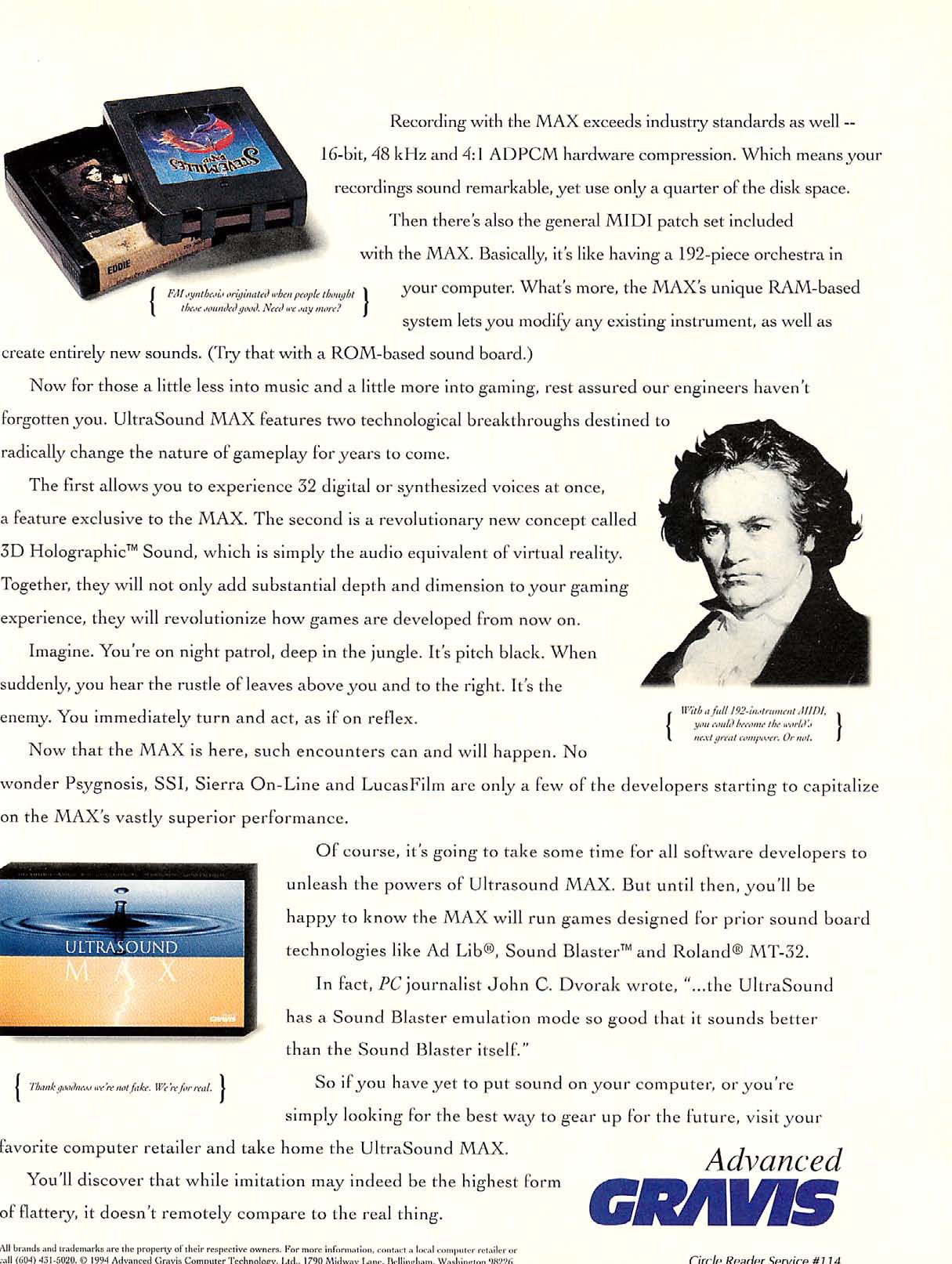
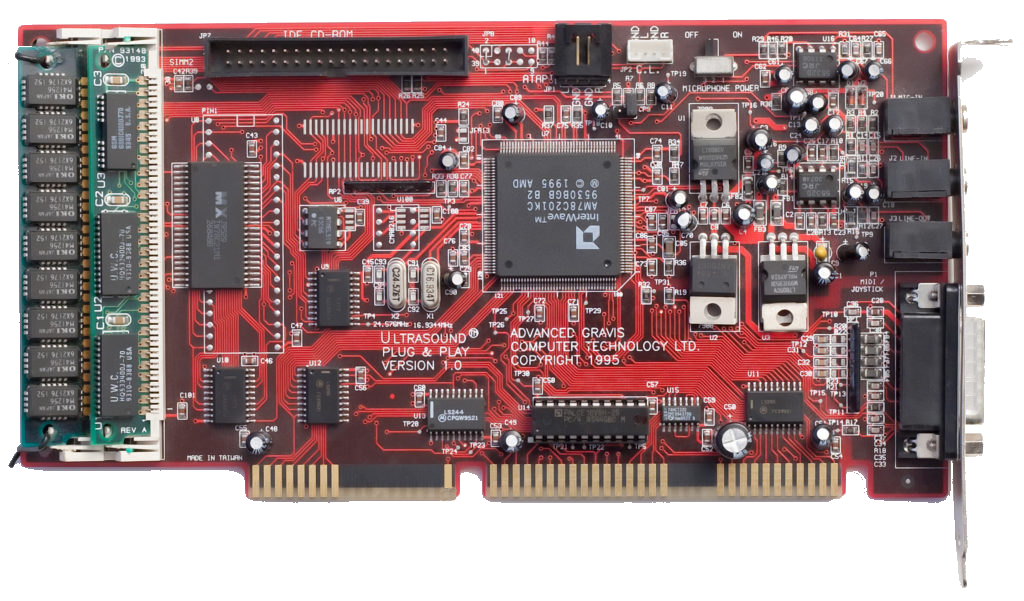
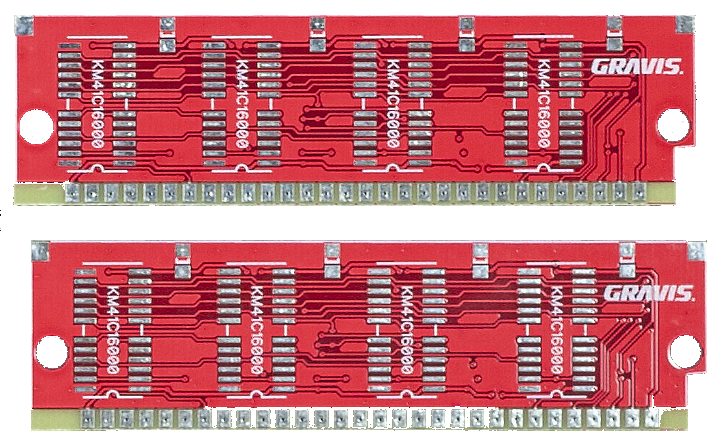
.jpg)
.jpg)